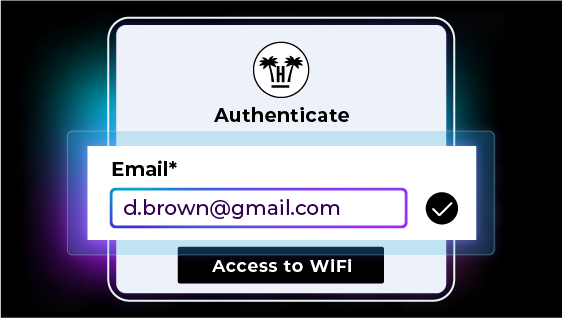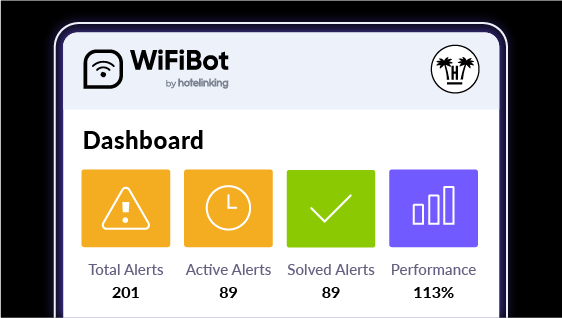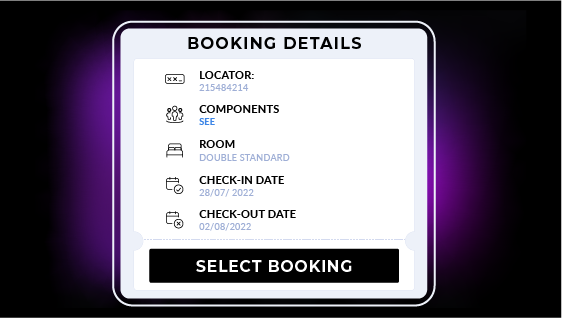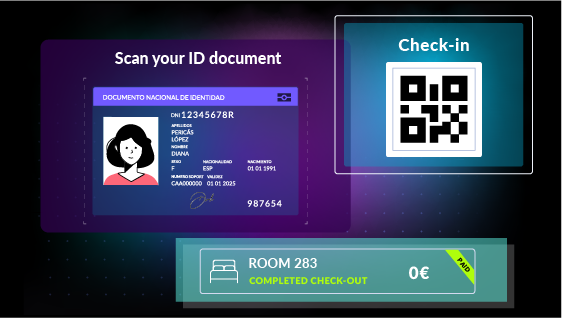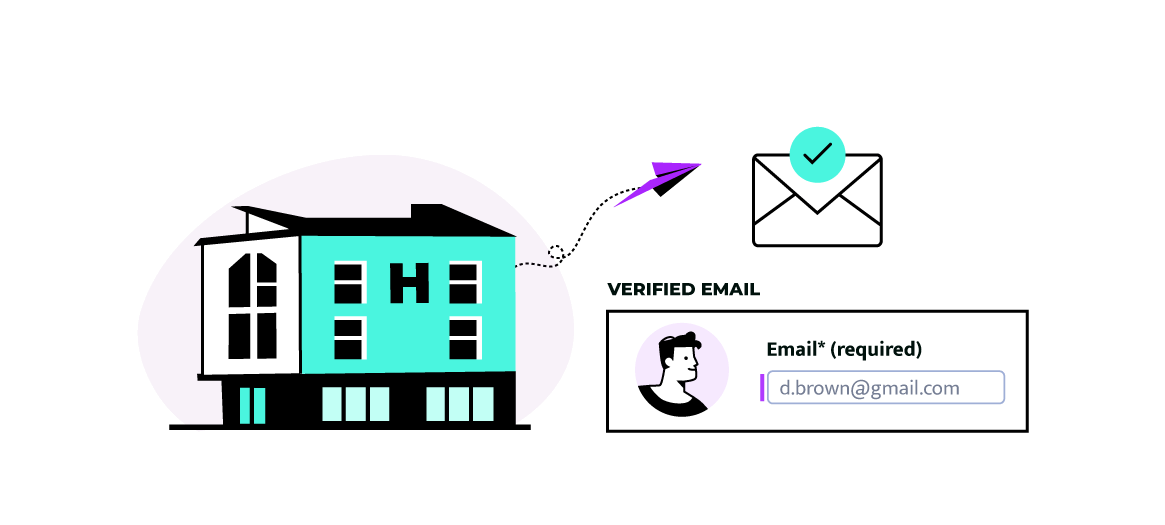
Hotel Email Verification Systems: The Technical Architecture That Stops Revenue Leaks at the Source
This technical guide shows how an email-verification system for hotels can prevent multi-million losses by filtering invalid addresses, improving email-marketing deliverability and strengthening sender reputation through layered validation processes tailored to the hospitality sector.
Most hotel IT teams deploy email collection systems that accept invalid addresses at a 30-40% rate, creating downstream deliverability problems that cost millions in missed direct bookings and damaged sender reputation.
A 34-property European hotel group’s Marketing Director couldn’t understand why their email campaigns were generating only 2.3% conversion rates despite targeting past guests with personalized offers. The IT Director ran diagnostics on their email service provider, checked DNS configurations, and verified SMTP settings—all appeared normal. The breakthrough came when they tested their guest database through a third-party verification service. Of 180,000 email addresses collected over eighteen months, 67,000 failed basic validation tests for syntax errors, invalid domains, or spam trap detection. Their email verification systems were essentially non-existent, allowing corrupted data to flow directly into marketing campaigns and systematically destroying their sender reputation.
This scenario reveals a critical blind spot in hospitality technology architecture. While hotel groups invest heavily in property management systems, customer relationship management platforms, and marketing automation tools, they often overlook the verification layer that determines whether collected guest data can actually support revenue-generating campaigns.
The Hidden Cost of Accepting Unverified Guest Emails
Hotel email verification systems operate at the intersection of guest experience and marketing infrastructure, where technical decisions about data quality gates directly impact campaign performance and sender reputation. Most properties collect email addresses through multiple touchpoints—WiFi captive portals, front desk interactions, loyalty program enrollments, and direct booking confirmations—but lack systematic verification protocols that ensure data quality before addresses enter downstream marketing systems.
The technical architecture at most hotels treats email collection as a simple data capture process rather than a verification workflow. Guests provide email addresses through web forms or verbal communication with staff, and these addresses flow directly into property management systems without real-time validation. The absence of verification gates means that syntax errors, typos, fake addresses, and disposable email services accumulate in guest databases over time, creating compound problems for marketing campaigns.
Disposable email services represent a particularly insidious challenge for hotel email verification systems. Guests increasingly use temporary email addresses from services like 10MinuteMail or Guerrilla Mail to access WiFi without providing real contact information. These addresses appear syntactically valid and may even receive initial confirmation messages, but they expire within hours or days, making them useless for ongoing marketing communications. Without real-time detection capabilities, hotels unknowingly collect thousands of these temporary addresses that will never support future engagement campaigns.
A 28-property resort chain discovered this problem when analyzing their email campaign performance across different collection sources. Addresses collected through their WiFi captive portal showed a 41% bounce rate, compared to just 3% for loyalty program enrollments and 7% for direct booking confirmations. The difference wasn’t random—their captive portal lacked verification protocols, while their booking system included basic syntax checking and their loyalty program required email confirmation before activation.
Real-Time Verification Architecture: The Five-Layer Technical Stack
Advanced hotel email verification systems implement multiple validation layers that operate in sequence, each checking different aspects of email address validity and deliverability potential. The technical architecture must balance verification thoroughness with response time, as guests expect immediate WiFi access without noticeable delays during the authentication process.
- The first layer performs syntax validation to ensure email addresses conform to RFC 5322 standards for formatting and structure. This validation checks for required elements like the at symbol, proper domain formatting, and acceptable character usage while rejecting addresses with obvious formatting errors. Syntax validation typically completes within 10 to 20 milliseconds and catches approximately 15% to 25% of invalid addresses in hotel environments, primarily due to typos and transcription errors from manual data entry processes.
- Domain validation forms the second layer, verifying that the email domain exists and maintains proper DNS records for receiving messages. This process queries domain name servers to confirm that the domain is registered and configured with mail exchange records that can accept incoming email. Domain validation identifies fake domains, expired registrations, and configuration errors that would prevent message delivery. The validation process typically requires 50 to 150 milliseconds depending on DNS response times and catches an additional 8% to 12% of invalid addresses.
- The third layer implements mail exchange record verification to confirm that the email domain’s mail servers are properly configured and responsive. This validation attempts to establish SMTP connections with the domain’s mail servers without actually sending messages, verifying that the infrastructure exists to receive email communications. MX record validation identifies domains with misconfigured mail servers, temporary outages, or deliberate blocking of external connections.
- Disposable email detection represents the fourth validation layer, screening addresses against databases of known temporary email services and identifying patterns associated with disposable address generation. This validation protects hotels from collecting email addresses that will expire within hours or days, ensuring that marketing campaigns can reach guests weeks or months after their initial stay. Disposable email detection typically identifies 5% to 15% of addresses collected through hotel WiFi systems, where guests are most likely to use temporary addresses to avoid ongoing marketing communications.
- The fifth layer performs spam trap and blacklist screening to identify email addresses associated with anti-spam organizations, security services, or known problematic domains. This validation protects hotel sender reputation by preventing campaigns from reaching addresses that could trigger spam complaints or blacklist additions. Spam trap detection is particularly important for hotels because sender reputation problems can affect deliverability across all marketing campaigns, not just individual messages.
Implementing Verification Gates That Maintain Guest Experience
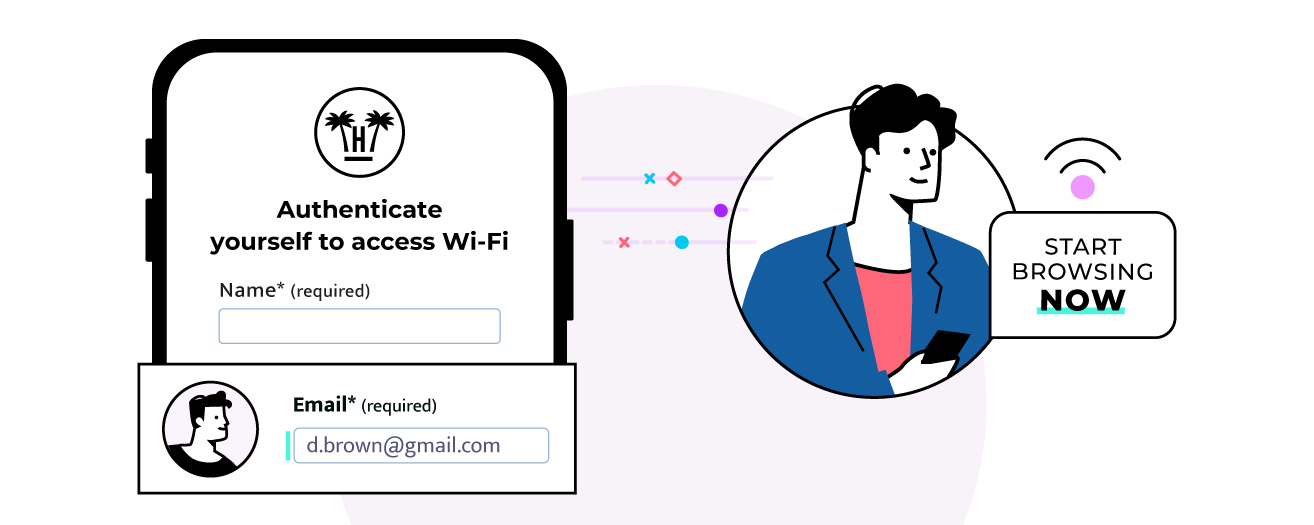
The technical implementation of hotel email verification systems requires careful attention to user experience design and error handling protocols. Guests expect immediate WiFi access and may become frustrated if verification processes create noticeable delays or complex correction procedures. Successful implementations balance verification thoroughness with streamlined guest interactions through intelligent error messaging and progressive validation approaches.
Real-time verification gates operate during the guest authentication process, typically when guests submit their email address through a WiFi captive portal or registration form. The verification system processes the submitted address through all validation layers within 200 to 500 milliseconds, providing immediate feedback about address validity and any required corrections. When verification succeeds, guests proceed directly to network access without additional steps or delays.
Error handling protocols determine how the system responds when verification fails and what options guests receive for correcting invalid addresses. Effective implementations provide specific error messages that help guests understand what needs to be corrected—for example, “Please check your email address for typos” for syntax errors or “This appears to be a temporary email address; please provide a permanent address” for disposable email detection. The error messages should be clear and actionable without being technical or accusatory.
Progressive validation approaches allow guests multiple attempts to provide valid email addresses while maintaining reasonable security controls. Most implementations allow three to five correction attempts before requiring alternative authentication methods or manual staff intervention. This approach accommodates legitimate typos and guest confusion while preventing abuse from users attempting to bypass verification requirements with obviously fake addresses.
A 19-property hotel group implemented comprehensive verification gates with carefully designed error handling and saw remarkable improvements in both data quality and guest satisfaction. Their email verification success rate reached 94% on first attempt, with an additional 4% succeeding after guest corrections. Guest complaints about WiFi access decreased by 23% because the verification system eliminated most authentication problems that previously required front desk intervention.
Building Your Hotel Email Verification Implementation Roadmap
Hotel groups planning email verification system implementations should focus on three critical technical priorities that establish robust data quality foundations while delivering measurable improvements in marketing campaign performance within 90 days of deployment.
- First, conduct comprehensive auditing of existing email collection processes and data quality levels across all properties and collection sources. This assessment should quantify current bounce rates, identify the most problematic collection sources, and establish baseline metrics for measuring verification system effectiveness. The audit should also evaluate existing technical infrastructure and API capabilities to determine integration requirements and potential implementation constraints.
- Second, implement real-time verification gates at the highest-volume collection points, typically WiFi captive portals and direct booking systems, to prevent poor-quality data from entering marketing databases and damaging sender reputation. The initial implementation should focus on basic syntax and domain validation with clear error messaging and guest correction workflows, establishing the technical foundation for more advanced verification capabilities.
- Third, establish comprehensive monitoring and optimization procedures that track verification performance, identify common failure patterns, and measure downstream impact on marketing campaign effectiveness. This monitoring infrastructure should include real-time dashboards, automated alerting for performance problems, and regular reporting that connects verification metrics to business outcomes and ROI calculations.
The hotel groups achieving 99% email deliverability and 62% open rates through systematic email verification systems aren’t using proprietary technology or massive budgets. They’re implementing disciplined technical approaches to hotel email verification systems that treat data quality as a foundational requirement for marketing effectiveness rather than an optional enhancement. The verification capabilities exist today; the question is whether your IT team is ready to architect systems that protect marketing investments through systematic data quality controls.
